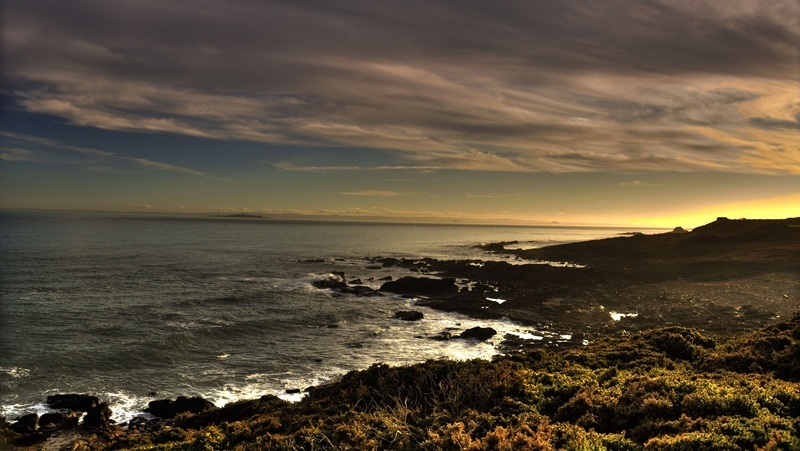Fife councillors have vowed to fight tooth and nail to save Fife Ness coastguard station.
The station, near Crail, is threatened with closure under cutbacks being made by the coalition government at Westminster.
If given the go-ahead, the cuts would see the number of maritime rescue co-ordination centres in the UK slashed from 18 to eight.
Scotland’s main station would be at Aberdeen, with a second station either at Shetland or Stornoway operating during daylight hours only.
There would be just two 24-hour maritime operations centres for the UK, the second being on the south coast of England.
On Thursday, members of Fife’s environment, enterprise and transportation committee unanimously agreed that the council should formally object to the UK government’s plans.
Fife Ness patrols some 344 miles of coastline, and in the past three years its staff have responded to 1400 incidents.
Councillor Ian Chisholm said the withdrawal of Nimrod aircraft had already left a gap in Scotland’s search and rescue capabilities.
“It’s just a further nail in the coffin of safety at sea,” he said. “Local knowledge is paramount to swift action on rescues. It just seems crazy to cover the whole of the UK coastline from two stations.
“I think we should fight tooth and nail to keep Fife Ness.”
The introduction of satellite technology for navigation and tracking is being used to justify the closures and a potential reduction in UK coastguard staff from 491 to 248. However, Mr Chisholm said such technology could not be relied on because the signals could be interfered with.
“There are more and more cases of marine navigation being disrupted by these boxes being used by truckers so their bosses can’t track where they are,” he said.
Bill Walker said the objection was not about “bashing Westminster on the nose.”
He said, “It’s just sensible. We’re going to be down to two stations in the UK and it just seems ridiculous considering we have a coastline that is actually bigger than the coastline in England.”
Dorothea Morrison said Fife Ness had an important role to play in saving lives in her own ward of St Andrews.
“Near where I live, the Eden Estuary tides move in and out very quickly and it’s almost a weekly event that someone is caught out by these tides,” she said. “Without local knowledge, I worry that in a short period of time this could prove fatal.”
In his report to the committee, head of transportation Dr Bob McLellan highlighted the fact that the seas around Britain were becoming more congested, ships were getting larger and the coastline was getting busier. The report stated, “As a result, the number of incidents to which the coastguard has to respond has been steadily rising and is likely to continue to rise. “In 2005 for example there were 16,516 reported incidents and in 2009, 22,447,” it said.
